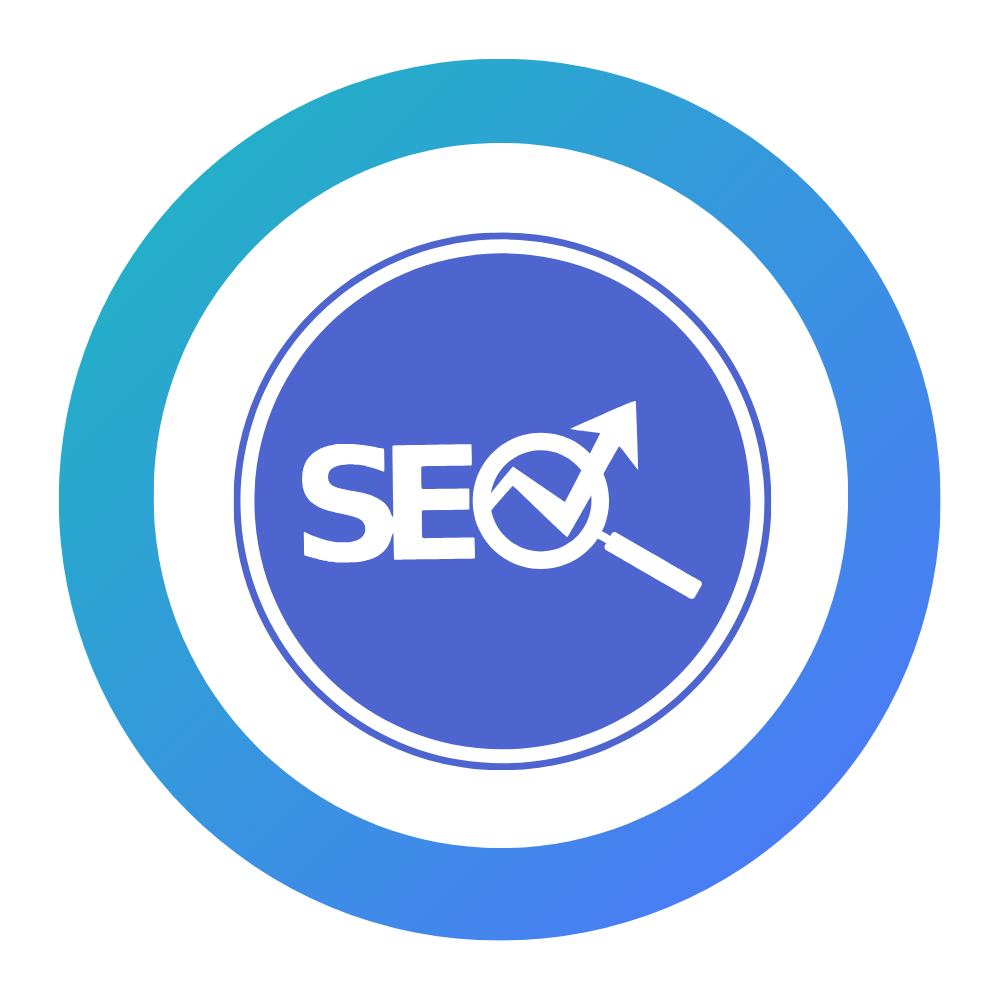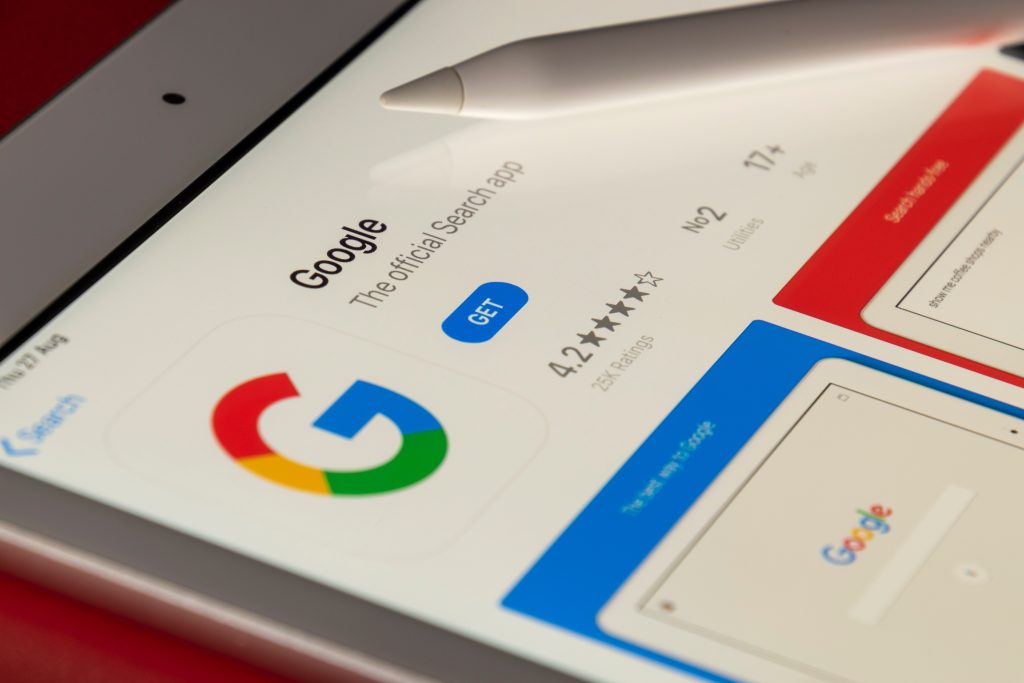Web Marketing 2023
Web marketing refers to the promotion of products or services over the internet. This type of marketing has become increasingly popular over the years as more and more people have access to the internet and use it as a primary source of information. There are several different types of web marketing, each with its own unique benefits and challenges. In this article, we will discuss the most common types of web marketing and their key features.
Search Engine Optimization (SEO)
SEO is the process of optimizing a website to rank higher in search engine results pages (SERPs). This is done by using keywords, meta descriptions, and other on-page elements to improve the relevance and authority of a website. By ranking higher in search results, a website can attract more organic traffic and increase its visibility to potential customers. SEO is a long-term strategy that requires ongoing effort and patience, but can lead to a significant increase in traffic and sales over time.
Pay-Per-Click (PPC) Advertising
PPC advertising is a form of advertising where businesses pay each time a user clicks on one of their ads. The most common platform for PPC advertising is Google AdWords, which allows businesses to create and display ads in Google search results and on other websites that are part of the Google network. PPC advertising can be a highly effective way to drive traffic and sales quickly, but it can also be expensive if not managed properly.
Content Marketing
Content marketing is the creation and distribution of valuable, relevant, and engaging content to attract and retain a clearly defined audience with the goal of driving profitable customer action. This can include blog posts, articles, videos, infographics, and other types of content that educate and inform the target audience. Content marketing is a long-term strategy that builds trust and authority with the target audience, and can lead to increased traffic, leads, and sales over time.
Social Media Marketing
Social media marketing refers to the promotion of products or services on social media platforms such as Facebook, Twitter, Instagram, and LinkedIn. This type of marketing can include paid advertising, content creation and distribution, and engagement with followers and fans. Social media marketing can be a highly effective way to reach a large and engaged audience, but it can also be time-consuming and challenging to measure its impact.
Email Marketing
Email marketing refers to the use of email to promote products or services, build relationships with customers, and retain a target audience. This can include newsletters, promotional offers, and other types of email communications. Email marketing can be a highly effective way to reach a large and targeted audience, but it requires a well-maintained email list and a solid strategy to avoid being marked as spam.
How Can I Improve On Search Engine Optimization
There are many things you can do to improve your Search Engine Optimization (SEO), and here are some of the most important ones:
- Keyword Research: Identifying the right keywords to target is crucial for SEO success. Research keywords related to your products or services and use them in your website content, meta tags, and URLs.
- On-Page Optimization: Make sure your website is optimized for both search engines and users. This includes having a well-structured website with a clear hierarchy, using descriptive and relevant title tags and meta descriptions, and having high-quality content that is relevant to your target audience.
- Backlinks: Backlinks from other high-quality and relevant websites can help improve your website’s visibility and authority. Focus on building relationships with other websites and creating valuable content that others will want to link to.
- Mobile Optimization: With more and more people using mobile devices to access the internet, it is important to make sure your website is optimized for mobile. This includes having a responsive design and fast loading speed on mobile devices.
- Local SEO: If your business has a physical location, it is important to optimize for local search. This includes claiming your Google My Business listing, getting listed in local directories, and including your city and state in your website content and meta tags.
- Content Marketing: Creating and sharing high-quality, relevant, and valuable content can help drive traffic and improve your website’s relevance and authority. This includes blog posts, articles, videos, infographics, and other forms of content that educate and inform your target audience.
- Site Speed: A slow-loading website can negatively impact your SEO and user experience. Make sure your website is optimized for speed by using a fast web hosting service, optimizing images, and minimizing the use of plugins.
- Analytics and Tracking: Regularly tracking your website’s performance using tools like Google Analytics can help you identify areas for improvement and measure the success of your SEO efforts.
These are just a few of the many things you can do to improve your SEO. The key is to stay up-to-date with the latest best practices and continuously evaluate and adjust your strategy based on your results. With the right approach, SEO can be a highly effective way to drive traffic and improve your website’s visibility and credibility with search engines and users.
What Is The Best Way To Drive Traffic To Your Website For 2023
There is no one “best” way to gain more visitors to your website in 2023, as the most effective approach will depend on your specific goals and target audience. However, here are a few strategies that can help you drive more traffic to your website:
- Search Engine Optimization (SEO): Optimizing your website for search engines can help you rank higher in search results and attract more organic traffic. This includes keyword research, on-page optimization, backlinks, and other best practices.
- Content Marketing: Creating and sharing high-quality, valuable, and relevant content can help you attract and retain an engaged audience. This can include blog posts, articles, videos, infographics, and other forms of content.
- Social Media Marketing: Promoting your website on social media platforms such as Facebook, Twitter, Instagram, and LinkedIn can help you reach a large and engaged audience. This can include paid advertising, content creation and distribution, and engagement with followers and fans.
- Email Marketing: Sending targeted and relevant emails to your subscribers can help drive traffic and sales. This can include newsletters, promotional offers, and other forms of email communications.
- Influencer Marketing: Partnering with influencers in your industry or niche can help you reach a large and engaged audience. This can include sponsored content, product reviews, and other forms of collaboration.
- Paid Advertising: Running paid advertising campaigns on platforms such as Google AdWords, Facebook, and LinkedIn can help you drive traffic and sales quickly. This can include pay-per-click (PPC) advertising, display advertising, and other forms of paid media.
- Referral Traffic: Encouraging your customers, followers, and fans to share your website with their network can help you drive referral traffic. This can include referral programs, social sharing buttons, and other forms of referral marketing.
- Local SEO: If your business has a physical location, optimizing for local search can help you reach customers in your area. This includes claiming your Google My Business listing, getting listed in local directories, and including your city and state in your website content and meta tags.
These are just a few of the many strategies you can use to drive more traffic to your website in 2023. The key is to find the strategies that work best for your business, test and refine your approach, and continually evaluate and adjust your strategy based on your results. With the right approach, you can drive more traffic, generate more leads, and grow your business.







